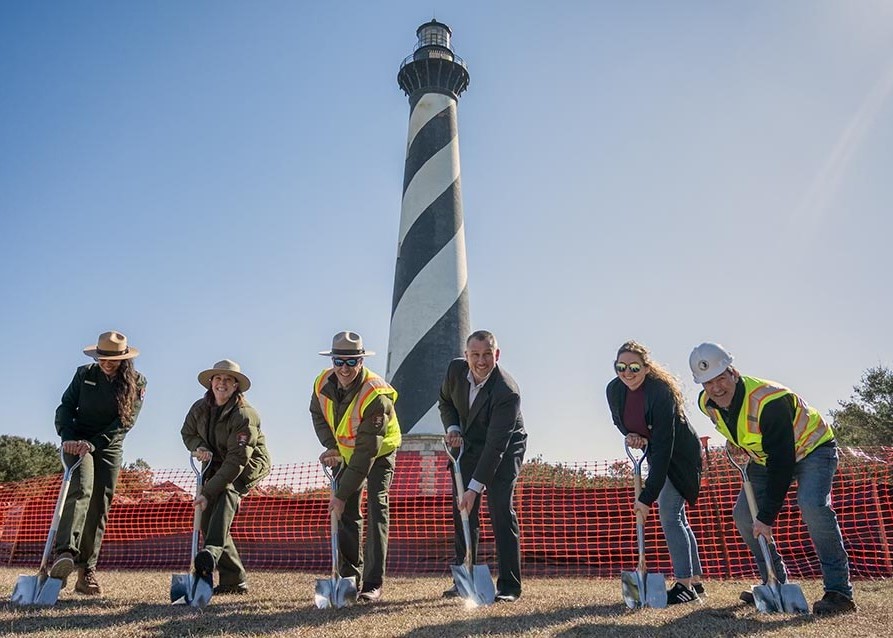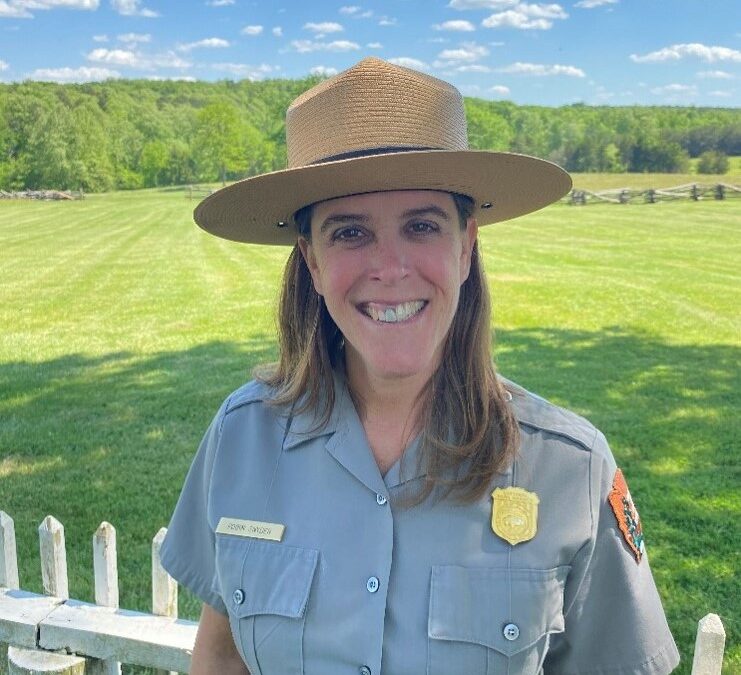Please tell us a little bit about yourself.
Hometown: Appomattox, Virginia
Program of study: I hold a Bachelor of Arts in History and a Master of Teaching from the University of Virginia. I thought I would be a classroom teacher, but working summers for the National Park Service at Assateague Island National Seashore gave me an awareness of other career paths. I fell in love with the park service, and soon became an education specialist at a national battlefield where the park was my classroom.
Position in our Outer Banks national parks: Deputy Superintendent for the Outer Banks Group including Cape Hatteras National Seashore, Fort Raleigh National Historic Site, and Wright Brothers National Memorial.
Where you can be found: My office is in the park headquarters building at Fort Raleigh National Historic Site in Manteo, but I try to be out in the field as much as I can.
Other national parks you have worked at: I have worked for the National Park Service for 28 years and had the opportunity to work in multiple parks and central offices. Sites I have worked include Assateague Island National Seashore (Maryland); Petersburg National Battlefield (Virginia); Northeast Regional Office (Pennsylvania) managing volunteer and youth programs for a 13-state region and 70+ parks from Maine to Virginia; New River Gorge Park and Preserve, Gauley River National Recreation Area, and Bluestone National Scenic River (West Virginia); Department of the Interior (Washington, D.C.); Appomattox Court House National Historic Site, and Booker T. Washington National Memorial (Virginia).
Currently listening to/watching/reading: Reading and watching “All the Light We Cannot See.” Excellent book, and the Netflix version is pretty good. Listening to NPR frequently and a wide variety of musical favorites.
What do you like to do in your free time?
I enjoy walking the beach and searching for seashells, stand-up paddleboarding, trail running, reading, cooking, painting, and spending time with Ruby, my 14-year-old beagle and Sable, a cat who thinks she is a dog.
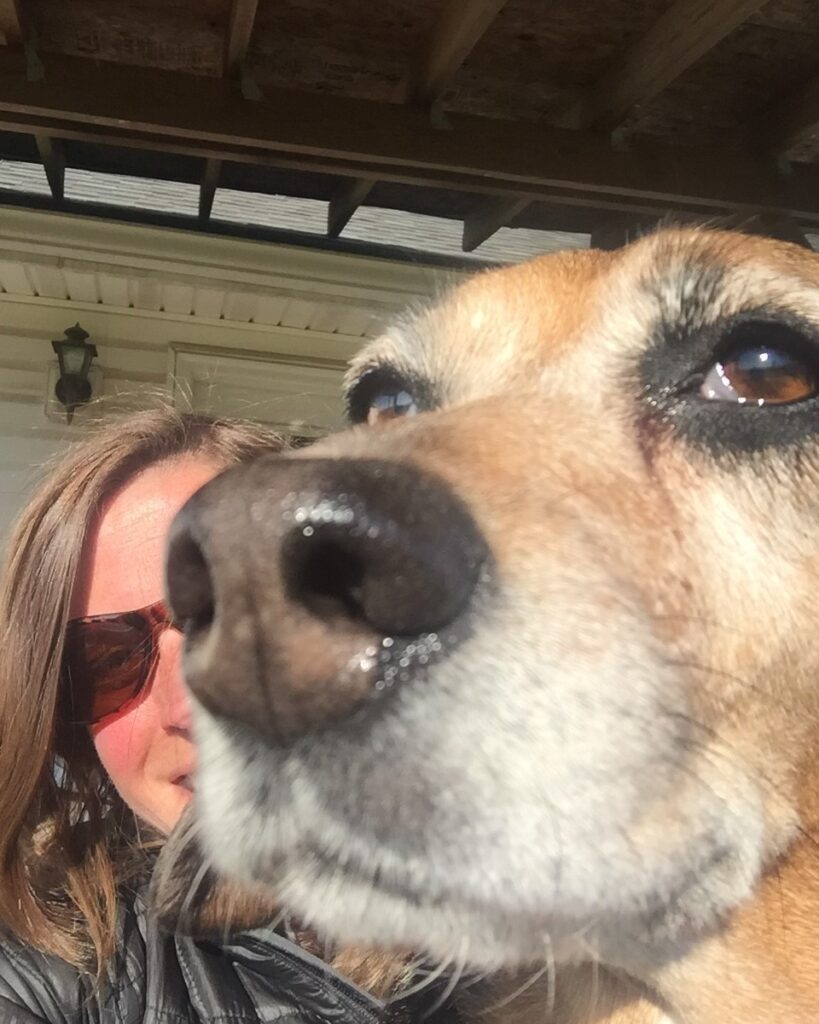
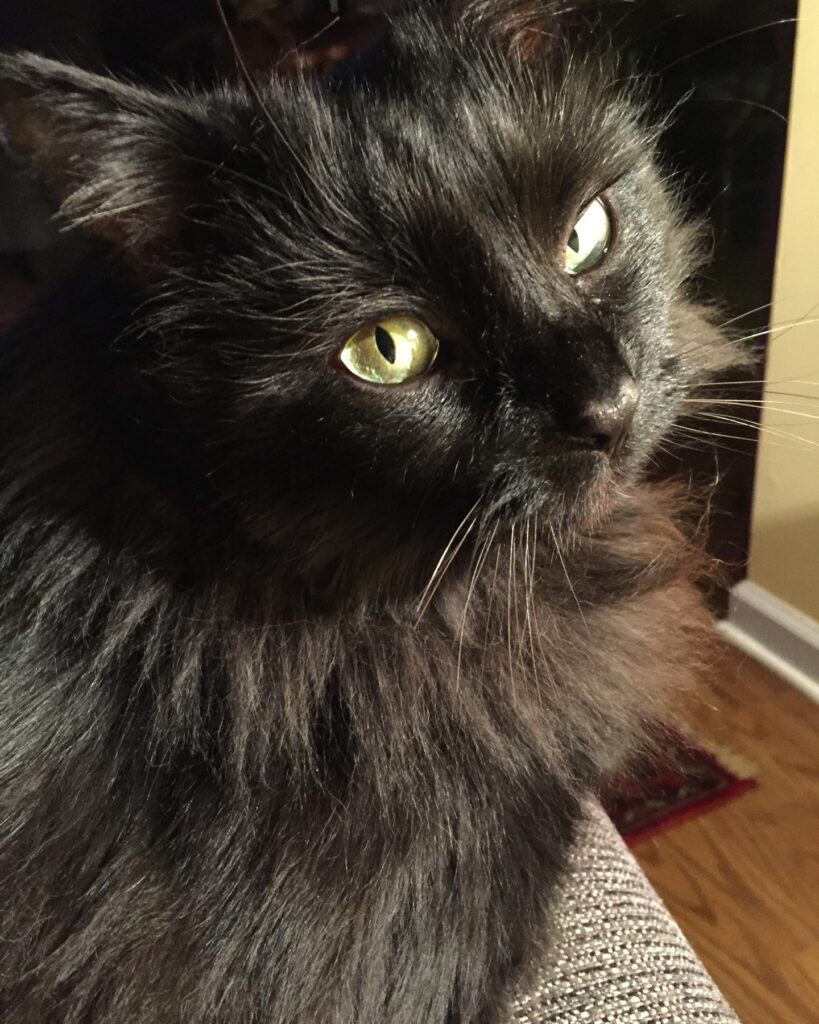
What do you like most about the Outer Banks?
I like the sense of community. In addition to the people, I love that I am a hop, skip, and jump away from beautiful beaches and the Pamlico Sound. The barrier islands of the Outer Banks offer much to explore and experience, whether you are walking on the beaches or paddleboarding around the Sound. I am lucky to enjoy these areas year-round.
How did you end up in your current position with the National Park Service?
I worked as the Deputy Superintendent on a four-month temporary detail in the fall and winter of 2020 – 2021. I enjoyed the park team and the area. I applied for the position when it became vacant in the winter of 2022, and I was fortunate to get it! While I was serving as the superintendent of two smaller parks in the Central Virginia area, the deputy position offered me an opportunity to work for a larger park organization and broaden my management skills to experience the new challenges of a seashore park.
What does a typical workday or work week look like for you?
There is no typical day or work week for me in this role. I work closely with the superintendent and division chiefs of administration, maintenance, visitor services, resource management, and visitor and resource protection to manage park operations for the three parks. There are constantly challenges to manage from a grounded boat to a stranded sea turtle, to a grant opportunity for an interpretive trail to navigating major construction projects. I often joke that I know more about the parks’ septic systems than I do about the rich history of these sites. But I am continuing to learn.
What do you enjoy most about working in our Outer Banks national parks?
I love the National Park Service to the point that I would characterize my job as a vocation. When the work is challenging, the mission to preserve and protect resources for future generations and provide for the enjoyment of these sites for future generations motivates me. How lucky am I to serve as a steward of Cape Hatteras National Seashore, Fort Raleigh National Historic Site, and Wright Brothers National Memorial? Our three parks have it all: history, amazing cultural and natural resources, and outstanding recreational opportunities for the public to enjoy. It is a labor of love to manage these sites with a dedicated park team who navigate daily challenges to protect resources while also providing for visitor enjoyment.
What is a favorite memory you have from your time working in the Outer Banks?
While I have loved climbing all the lighthouses to learn about their history and maintenance needs, one of my best memories is climbing the Bodie Island Lighthouse and going inside the 1871 First Order Fresnel Lens. It was magical to be inside the 344 glass prisms that comprise the heart of the lighthouse. Listed on the National Register of Historic Places, this lighthouse is near to my heart.
Why are our Outer Banks national parks important?
How much time do you have? The history of the first national seashore, the first English settlement, and the first powered, sustained, and controlled flight is just the starting point. A visitor or a community member to these parks can enjoy lighthouses and monuments that share the unique history of these sites. They can also explore the natural world and ecosystems of the barrier islands and maritime forests which provide something new to discover every day. The Outer Banks national parks offer something for everyone, and they belong to all of us to explore and protect as part of the national park system.
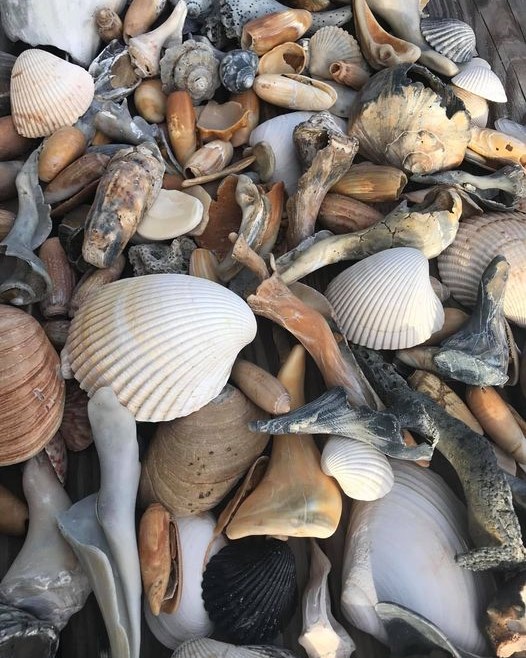
Is there anything else you would like people to know about you or about our Outer Banks national parks?
I have the honor of serving as the park lead for the Cape Hatteras Lighthouse project to restore the exterior and rehabilitate the interior of this amazing resource that stands as the tallest brick lighthouse in the United States. This $19.2 million dollar project will include repainting, restoring the metal and ironwork, restoring missing defining features, landscape enhancements to improve visitor circulation around the lighthouse, and building a replica Fresnel lens. This is the biggest project I have worked on in my National Park Service career, and I am excited to be a small part of this restoration project.
